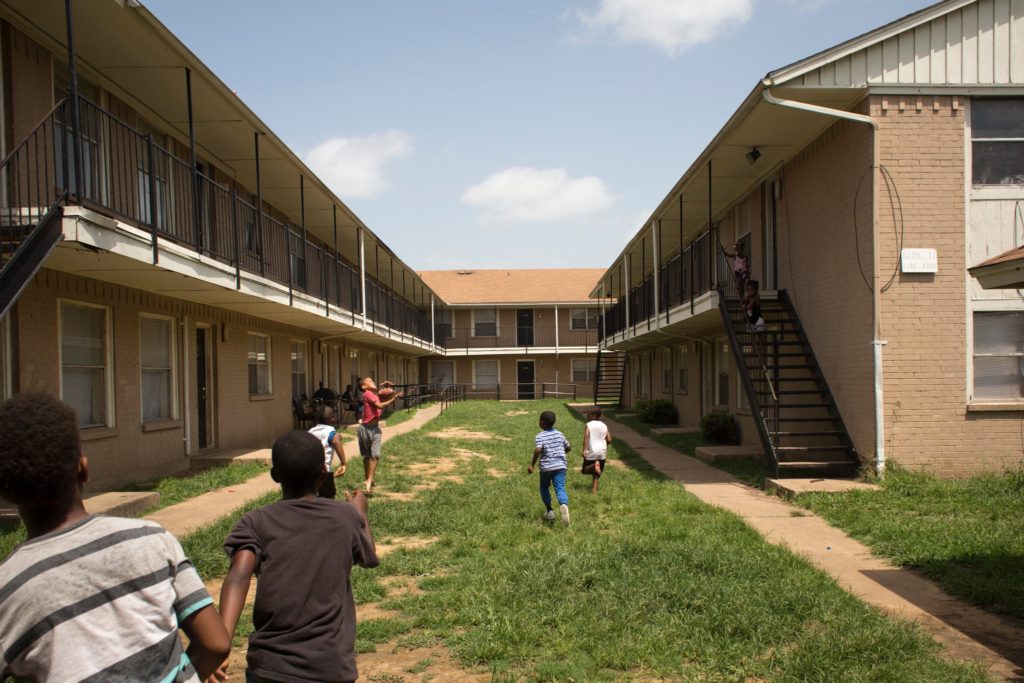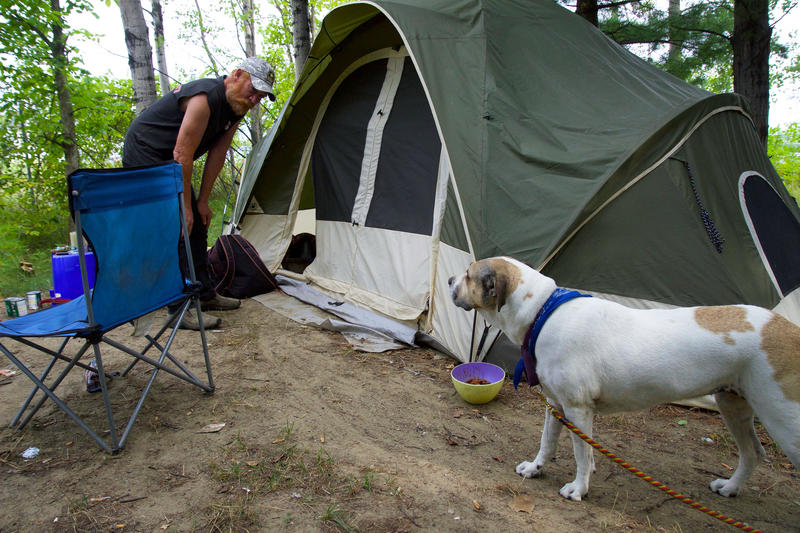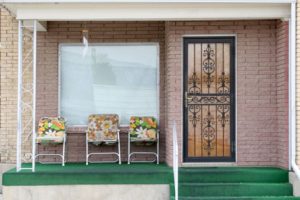It has been a busy season here at the Fair Housing Project, and halfway through February we find ourselves already gearing up for April Fair Housing Month. Here is a look at what we have been seeing locally and across the country around fair housing issues.
“HUD’s previous rule that the Trump administration proposes to replace defined a policy or practice that has an unlawful disparate impact as one that ‘creates, increases, reinforces, or perpetuates segregated housing patterns because of race.’ The rule would eliminate the reference to segregation.”
For those who want a deeper understanding of how housing segregation continues to be a major issue despite Fair Housing Law, this The New York Times OpEd by Richard Rothstein (author of The Color of Law) does a really nice job connecting the history of Fair Housing to the housing discrimination that continues to happen today. Most importantly, it outlines how recent proposed Federal legislation risks undoing some of the protection the Fair Housing Act has against disparate impact. “This matters because established racial segregation, not ongoing discrimination alone, underlies so many of our most serious social problems, including racial disparities in education, health, criminal justice and wealth that, by the time Congress passed the Fair Housing Act in 1968, had become entrenched nationwide, and persist to this day.”

Last month, we highlighted some disturbing news about the rise in violence against homeless folks as California continues to struggle to house its most vulnerable populations. In neighboring state of Nevada, a recent law has come into effect which makes sitting, resting or “lodging” on sidewalks a misdemeanor punishable with up to six months in jail or fines of up to $1,000 in most Las Vegas neighborhoods. “Our entire effort is humanitarian and compassionate,” asserted Las Vegas Mayor Carolyn Goodman in defense to the city’s recent crackdown on homelessness. The belief of city officials is that this new law will encourage folks without housing to accept housing assistance. However, responding to homelessness with incarceration will have a disparate impact on Las Vegas’ most vulnerable citizens, creating yet another barrier for those affected to find housing and jobs, among other basic necessities to live.

Locally, this Vermont Public Radio episode of “Vermont Edition,” does an excellent job examining the systems in place in our state to pull folks from homelessness, what those experiences look like for those affected, and some of the solutions we need as a state to really address this issue by speaking to a person with lived experiences. “It’s exhausting,” Theresa Levesque reflected of her experience of homelessness. Our homeless population is one of our state’s most vulnerable communities, and rarely are their voices at the forefront of our housing crisis conversation. In addition to Theresa, guests include Vermont Coalition to End Homelessness and Pathways Vermont’s Rebeka Lawrence-Gomez, John Graham Shelter’s Elizabeth Ready and Groundworks Collaborative’s Karli Schrade. Theresa continued,
“For myself, [homelessness] is very lonely, it’s scary, and I just wake up everyday hoping housing will come through.”
Amid all the bad news about systemic housing discrimination and inequity nationwide, there are some bright spots. For example, in Battle Creek, Mich. the Coalition for Truth, Racial Healing, and Transformation, in partnership with other community organizations and the city of Battle Creek, is helping people overcome barriers to home ownership. After investigations showed systematic housing discrimination, the city worked with local groups to address inequalities and help people connect with the resources they need to purchase a home – and it’s working!
This is exactly what CVOEO does every day with education about fair housing, tools to help people manage their finances and build credit, and basic supports to help bridge gaps and build a stable foundation for future success. Let’s keep finding – and celebrating – the bright spots!

We are also inspired by this collaboration between the Germano Millgate Apartments (a subsidized community in South Chicago) artist Chiara Galimberti, and the Front Porch Project. The Front Porch Project is a creative way of re-thinking low-income neighborhoods by activating the community spaces through the arts. “It is important that spaces like the front porch remain negotiable, and open to the possibility of neighborly exchange.” This Shelterforce article highlights this unique partnership in which residents of this South Chicago community are invited reflection on and participate in their neighborhood through art and story.
Are you now ready to join our effort in creating thriving, inclusive communities in your Vermont neighborhood? Get involved with your local housing commission. In this recent Vermont Digger Article, the Executive Director of Vermont Housing Finance Agency (VHFA), Maura Collins, emphasises the need for more housing commissions across our state. Collin explains,
“People are frustrated that the state is not more affordable, and yet when there are steps proposed to make housing more affordable, there is a natural resistance to that change. When communities try to support housing that is more dense, maybe bigger buildings, people start getting very nervous about that growth.”
At the Fair Housing Project, we are excited to be working with VHFA to create an online toolkit for local housing commissions. The Thriving Communities steering committee, made up of representatives from planning and housing organizations all over the state, identified housing committees as a key strategy for promoting inclusive communities, and push back against that natural resistance to growth. Asked what the one thing she would change to make more housing available in our state, Collins responded, “I would have every community in the state have a housing commission. We need a local response looking at this.”
Collins finished, “It’s frustrating to me that most towns in our state have a fence surveyor and a cemetery commission and we’re planning more for the people who have deceased than the ones who would like to join our community while they are alive.” Keep your eye on our blog, and make sure you follow us on facebook and twitter to be the first to know about the Housing Committee Toolkit.
And an easy way to get involved this spring is to join us for April Is Fair Housing Month. Keep your eye trained to your social media as we announce documentary screenings, workshops, and art openings across the state, celebrating Fair Housing Month. If you have a creative flair and a passion for Fair Housing, our Call to Artists submission is open now!
Thank you, Jess and Corrine. This is an excellent article. You try together a number of ideas and perspectives in a very helpful way. It is appreciated.